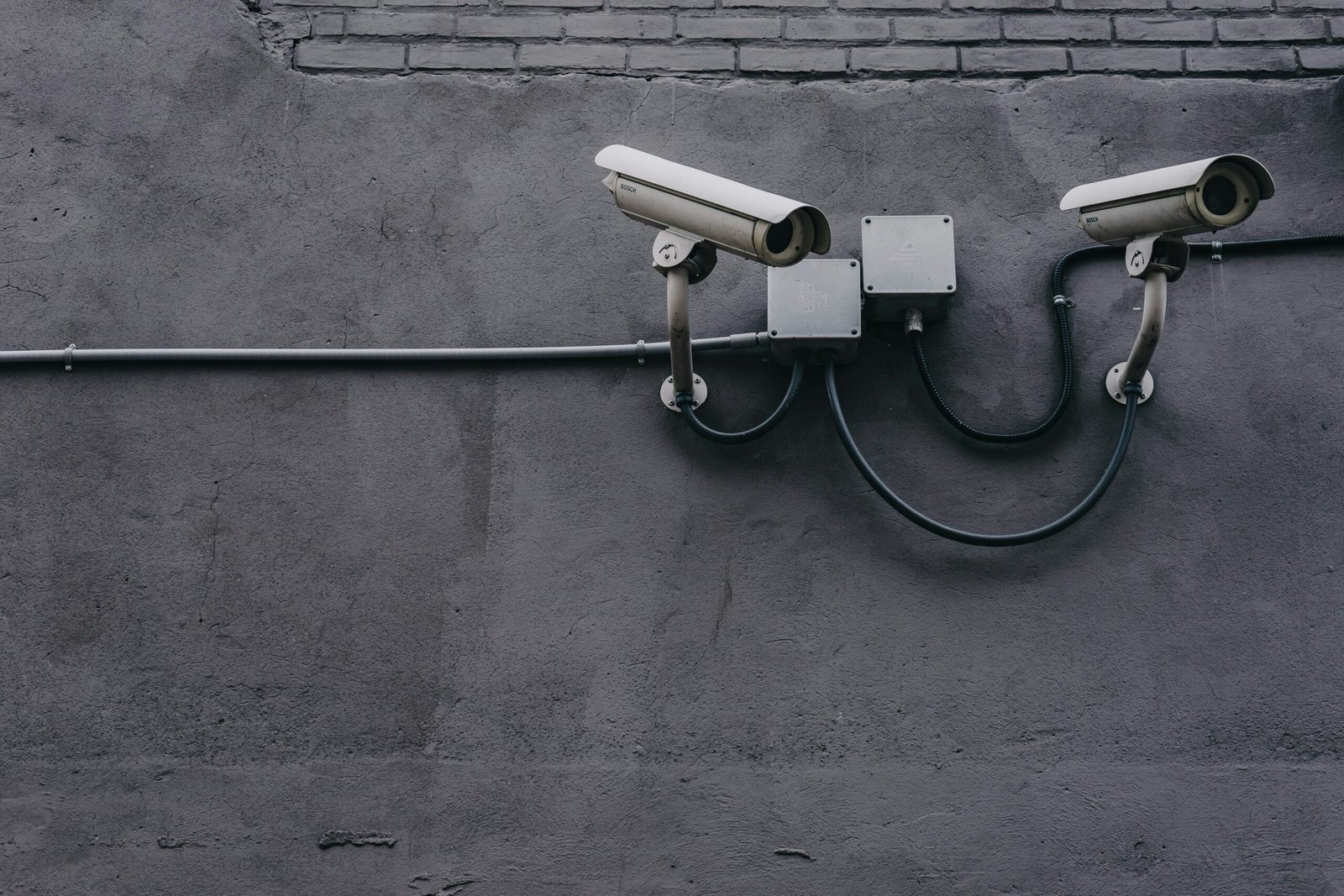Security Issues of Smartwatches: What You Need to Know

Common Security Vulnerabilities in Smartwatches
Smartwatches, while offering a range of convenient features, are not without security flaws. One of the primary vulnerabilities is insecure data storage. Many smartwatches store sensitive information such as health metrics, location data, and even financial details. If this data is not adequately protected, it becomes susceptible to unauthorized access. Insecure data storage often results from inadequate encryption measures, making it easier for malicious actors to extract and misuse personal information.
Another significant vulnerability is the lack of robust encryption. Encryption is crucial for safeguarding data transmitted between the smartwatch and other devices, such as smartphones and cloud servers. Insufficient encryption can lead to exposure of sensitive information during transmission, making it vulnerable to interception. This opens the door for man-in-the-middle attacks, where an attacker can intercept and alter communication between the smartwatch and other devices without the user’s knowledge.
Man-in-the-middle attacks are particularly concerning because they can lead to unauthorized access to personal data. For instance, an attacker could intercept health information, location data, or even financial details, using them for fraudulent activities or identity theft. The potential for such attacks is exacerbated by the often limited security measures implemented in many smartwatches.
There have been several incidents highlighting these vulnerabilities. For example, researchers have discovered that some smartwatches store user data in plain text, making it easily accessible to anyone with physical access to the device. In another instance, a popular smartwatch brand faced criticism after it was found that their devices lacked proper encryption, exposing users to potential data breaches.
The broader implications of these vulnerabilities are significant. For individual users, compromised data can lead to privacy invasion, financial loss, and identity theft. For organizations, particularly those incorporating smartwatches into their operations, the risks include data breaches, regulatory fines, and reputational damage. It is crucial for both users and manufacturers to be aware of these vulnerabilities and take proactive measures to mitigate them.
Best Practices for Enhancing Smartwatch Security
In an age where smartwatches have become ubiquitous, ensuring the security of these devices is paramount. One of the most critical steps in safeguarding your smartwatch is to regularly update its firmware and software. Manufacturers frequently release updates to address known vulnerabilities and improve overall security. By keeping your device up to date, you protect it from potential exploits that could compromise your personal data.
Another vital practice is the use of strong, unique passwords. Many users make the mistake of reusing passwords across multiple devices and accounts, which increases the risk of a security breach. Creating a robust password unique to your smartwatch can significantly enhance its security. Additionally, enabling two-factor authentication (2FA) provides an extra layer of protection. This means that even if someone manages to obtain your password, they would still need a second form of verification to access your device.
Privacy settings are another crucial aspect of smartwatch security. Users should review and configure these settings to limit data sharing to the minimum necessary. By doing so, you reduce the risk of sensitive information being exposed or misused. Furthermore, using secure connections when syncing your smartwatch with other devices is essential. Virtual Private Networks (VPNs) can encrypt your data, making it much more difficult for malicious parties to intercept or tamper with your information.
Lastly, the responsibility of ensuring the security of smartwatches does not rest solely on the users. Manufacturers play a pivotal role in this regard. It is imperative for them to conduct rigorous testing of their products to identify and rectify potential vulnerabilities before they reach the market. Moreover, manufacturers should commit to providing timely security patches and updates to address any issues that arise post-launch. This collaborative effort between users and manufacturers can significantly enhance the security landscape of smartwatches.



